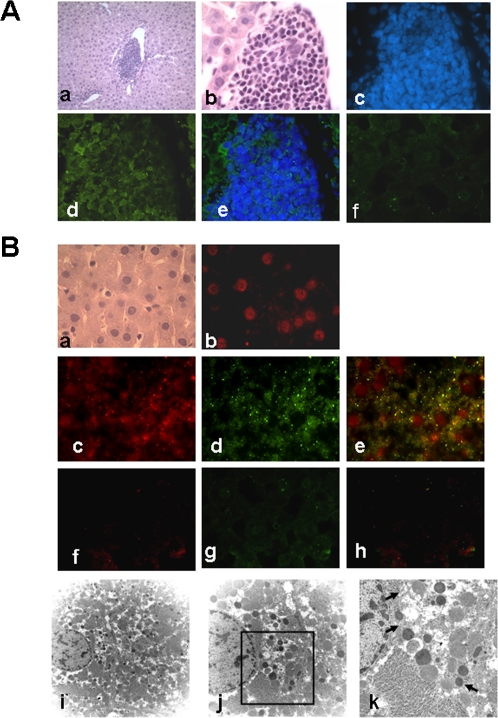Figure 7. Histological analysis of the liver of STZ-induced diabetic rats transplanted with stage 4 islet-like cell clusters for 12 weeks.
In A-a and -b, hematoxylin and eosin-stained sections of liver with cell cluster. In A-c-e, individual (c, d) and merged (e) fluorescent images of liver sections from STZ-induced diabetic rats transplanted with islet-like cell clusters. Sections were stained with a anti-human insulin antibody (green) (d and e) with or without 4,6-diamidino-2-phenylindole (DAPI; blue) (c and e). Image b to e is from consecutive section of a. Original magnification: ×20 (a); ×100 (b-e). In A-f, individual fluorescent image of liver section from STZ-induced diabetic rats (sham, without transplantation of islet-like cell clusters). Section was stained with an anti-human insulin antibody. In B-a, hematoxylin and eosin-stained sections of liver. In B-b-e, individual (b, c and d) and merged (e) fluorescent images of liver sections from STZ-induced diabetic rats transplanted with islet-like cell clusters. Sections were stained with an anti-human nuclei antibody (red) (b, c and e) without or with anti-human insulin antibody (green) (d and e). The human origin of the engrafted cells was established by immunohistochemistry by using the anti-human nuclei monoclonal antibody. Image c to e is from consecutive section of a. Original magnification: ×100. In B-f-h, individual (f and g) and merged (h) fluorescent images of liver sections from STZ-induced diabetic rats (sham, without transplantation of islet-like cell clusters). Sections were stained with an anti-human nuclei antibody (f and h) without or with anti-human insulin antibody (g). In B-i-k, electron microscopy of secretory granules within liver cells of liver sections from STZ-induced diabetic rats transplanted with islet-like cell clusters. The presence of secretory granules with crystalline formation is evident at high magnification (arrow). Original magnification: ×5000 (i); ×8000 (j); ×20000 (k). All results shown are representative of three independent experiments.

